Astra completes SPAC merger and begins trading publicly
Thursday, 01 July 2021 10:42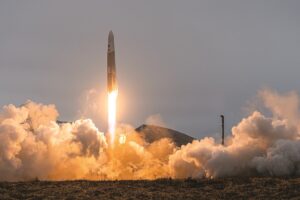
WASHINGTON — Small launch vehicle company Astra will begin trading on the Nasdaq exchange July 1 after completing its merger with a special-purpose acquisition company (SPAC).
Astra said June 30 that shareholders of Holicity, a SPAC, had overwhelmingly approved the merger.
Assembly of satellite to track world's water shifts from US to france
Thursday, 01 July 2021 10:26 Set for launch next year, the Surface Water and Ocean Topography mission will help scientists monitor Earth's ocean, as well as the amount of fresh water in its lakes and rivers.
The Surface Water and Ocean Topography (SWOT) mission took a big step toward launch this week when a team at NASA's Jet Propulsion Laboratory in Southern California shipped the scientific heart of the satellite to
Set for launch next year, the Surface Water and Ocean Topography mission will help scientists monitor Earth's ocean, as well as the amount of fresh water in its lakes and rivers.
The Surface Water and Ocean Topography (SWOT) mission took a big step toward launch this week when a team at NASA's Jet Propulsion Laboratory in Southern California shipped the scientific heart of the satellite to Satellites launched to boost connectivity and create jobs
Thursday, 01 July 2021 09:00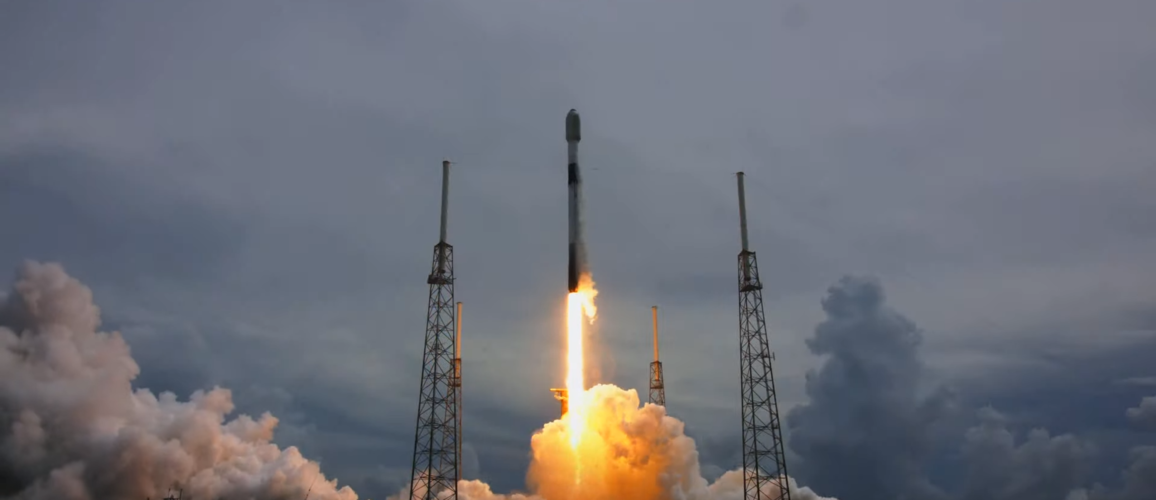
Three more nano-satellites have been launched as part of ESA’s efforts to boost the European space industry, fostering innovation and creating jobs.
Global Space Markets Challenge application deadline extended to 30 July
Thursday, 01 July 2021 08:40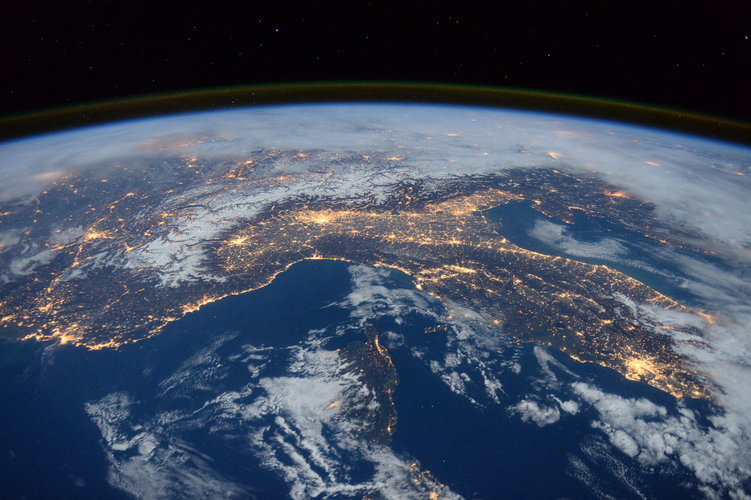
Start-up companies and SMEs make a significant contribution to building a globally competitive European space sector. To support these entities in their internationalisation efforts, ESA has organised a Global Space Markets Challenge and further extended the deadline for applications to 30 July.
Foust Forward | The sky isn’t falling (yet)
Thursday, 01 July 2021 08:00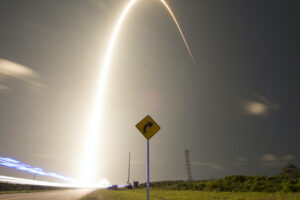
Two years ago, when astronomers gathered at the 234th meeting of the American Astronomical Society (AAS) in St. Louis, one word was on the minds of many attendees: Starlink. Just a few weeks earlier, SpaceX had launched the first set of 60 Starlink satellites, and the unexpected appearance of the satellites in twilight skies as a bright string of pearls dismayed astronomers.
Russia races Tom Cruise and Musk for first movie in space
Thursday, 01 July 2021 06:34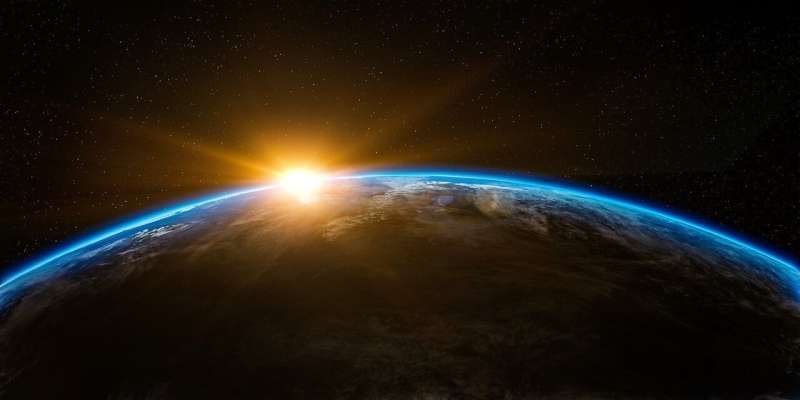
Six decades after Soviet cosmonaut Yuri Gagarin became the first human to orbit Earth, earning Moscow a key win in the Cold War, Russia is again in a space race with Washington.
This time though the stakes are somewhat glitzier.
On October 5, one of Russia's most celebrated actresses, 36-year-old Yulia Peresild is blasting off to the International Space Station (ISS) with film director Klim Shipenko, 38.
Their mission? Shoot the first film in orbit before the Americans do.
If their plan falls into place, the Russians are expected to beat Mission Impossible star Tom Cruise and Hollywood director Doug Liman, who were first to announce their project together with NASA and Space X, the company of billionaire Elon Musk.
"I really want us to be not only the first but also the best," Peresild told AFP, with the clock ticking down to the planned October 5 blast-off from the Baikonur Cosmodrome in Kazakhstan.
The Call—the Russian project's working title—was announced in September last year, four months after the Hollywood project.
But apart from its grand ambitions, little is known about the film.
SpaceX launches second dedicated rideshare mission
Wednesday, 30 June 2021 21:07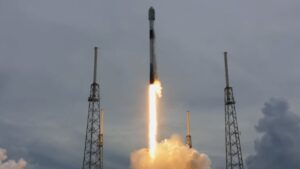
WASHINGTON — SpaceX launched 88 satellites on a Falcon 9 June 30 on the company’s second dedicated smallsat rideshare mission.
The Falcon 9 lifted off from Space Launch Complex 40 at Cape Canaveral Space Force Station at 3:31 p.m.
Space Development Agency celebrates launch of its first satellites
Wednesday, 30 June 2021 20:39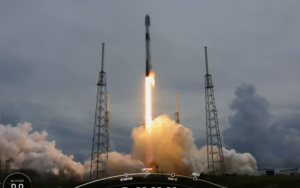
WASHINGTON — The Defense Department’s space agency on June 30 hailed the deployment of its first missions which flew to orbit on a SpaceX rideshare carrying 88 small satellites.
“Today’s missions will provide real-world data that we can use to verify our engineering assumptions and space-qualify a significant emerging technology,” Derek Tournear, director of the Space Development Agency said in a statement after SpaceX confirmed the agency’s payloads successfully separated.
Branson mum on when he'll launch to space on Virgin Galactic
Wednesday, 30 June 2021 19:10
Capella Space and Phase Four reveal Maxwell Engine performance
Wednesday, 30 June 2021 18:22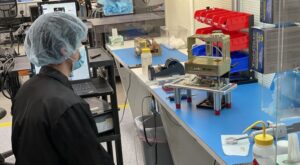
SAN FRANCISCO – Capella Space launched its fourth synthetic aperture radar satellite June 30 with a Maxwell electric thruster manufactured by propulsion startup Phase Four.
“The Maxwell systems in our satellites have been functioning nominally in the lab and in orbit, and Phase Four has provided great customer service all along the way,” Christian Lenz, Capella chief technology officer, said in a statement.
Dutch administrative court sides with Inmarsat on spectrum auction plan
Wednesday, 30 June 2021 18:11
TAMPA, Fla. — An administrative court in the Netherlands has suspended the Dutch government’s plan to sell off 3.5 GHz spectrum, which British satellite operator Inmarsat uses for maritime safety and distress services.
Virgin Orbit launches cubesats on second operational mission
Wednesday, 30 June 2021 17:10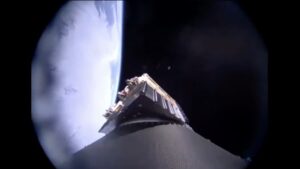
WASHINGTON — Virgin Orbit’s LauncherOne successfully launched seven cubesats June 30 in the second operational mission of the air-launch system.
Virgin Orbit’s Boeing 747 aircraft, called Cosmic Girl, took off from Mojave Air and Space Port at approximately 9:50 a.m.
U.S. Army, Navy, Marine Corps service members selected to transfer to Space Force
Wednesday, 30 June 2021 17:07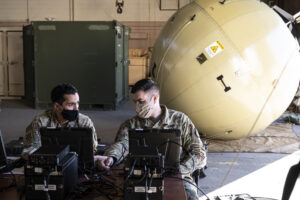
WASHINGTON — The U.S. Space Force announced June 30 it has selected 50 members of the Army, Navy and Marine Corps to transfer to the space branch, and hundreds more could be chosen in the coming weeks.
Japan eyes ‘Asia’s hub in space business’ with more spaceports
Wednesday, 30 June 2021 17:04
SEOUL, South Korea — Japan’s government says it will build more spaceports in an effort to make the country “Asia’s hub in space business.”
This was one of the space-related initiatives endorsed June 18 during an economic growth strategy meeting hosted by Prime Minister Yoshihide Suga at his office in Tokyo, with Cabinet members attending.
Branson's Virgin Orbit launches 7 satellites from 747 plane
Wednesday, 30 June 2021 16:27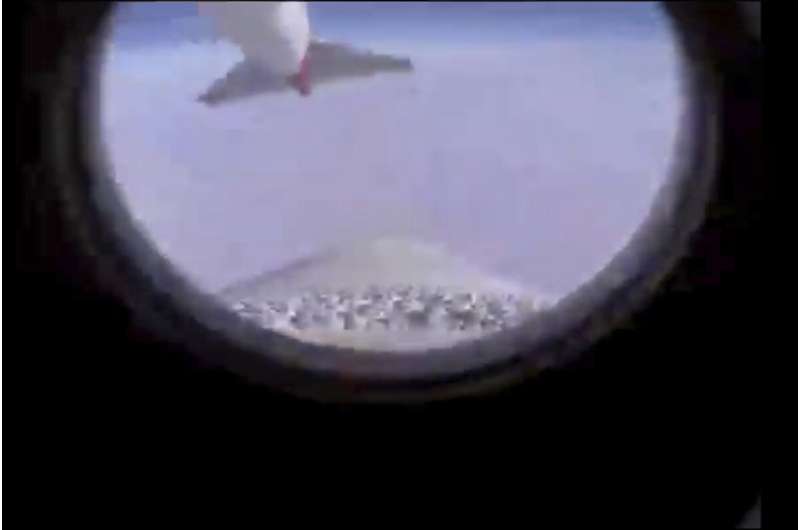
Richard Branson's Virgin Orbit delivered satellites from three countries into space Wednesday, its second successful rocket launch from a plane.
